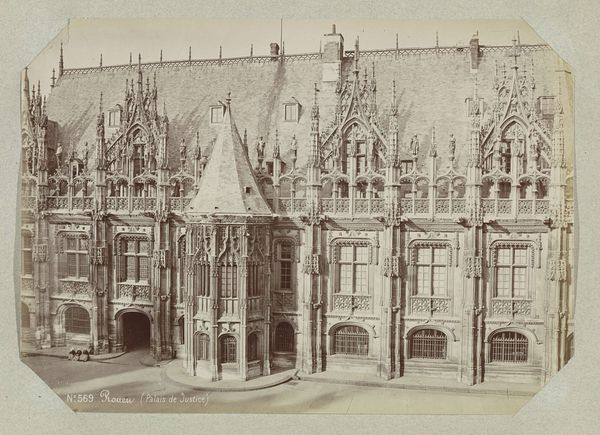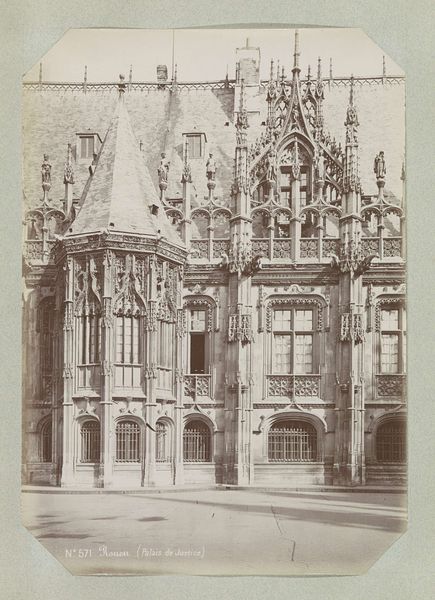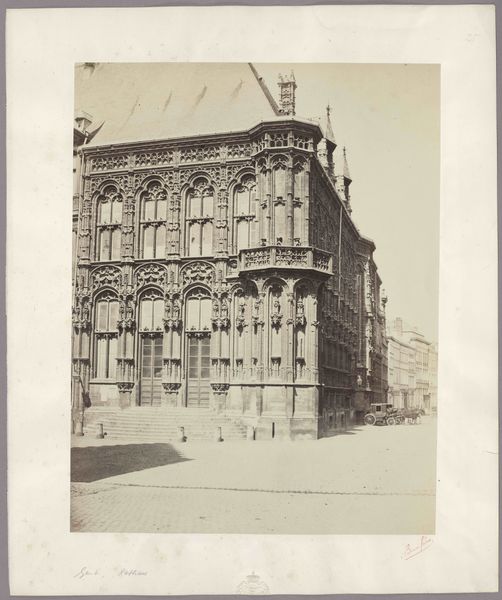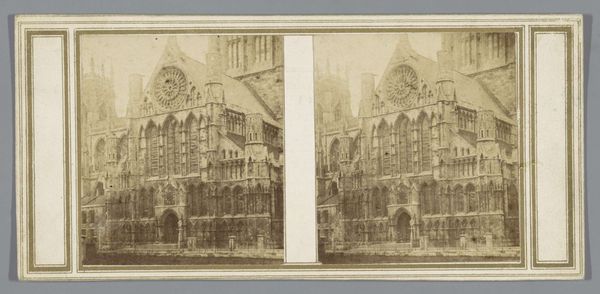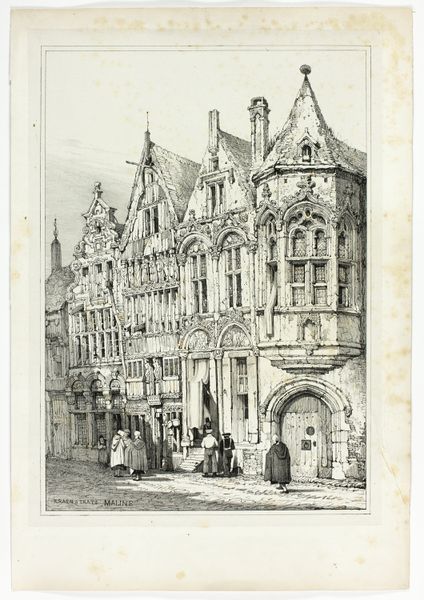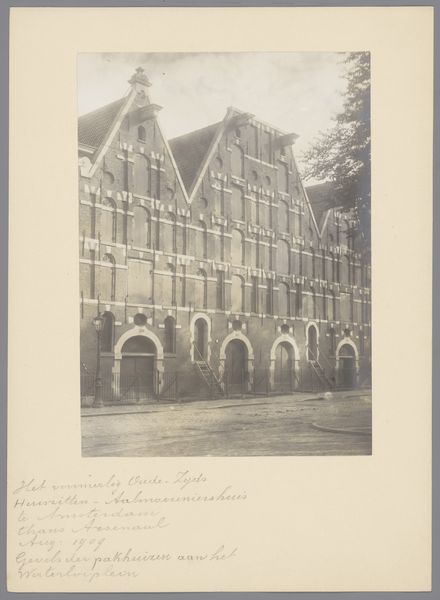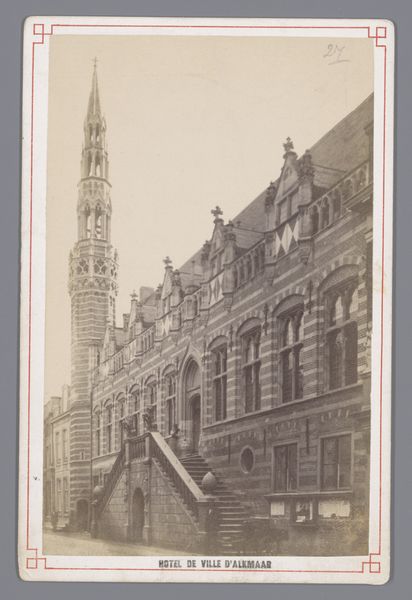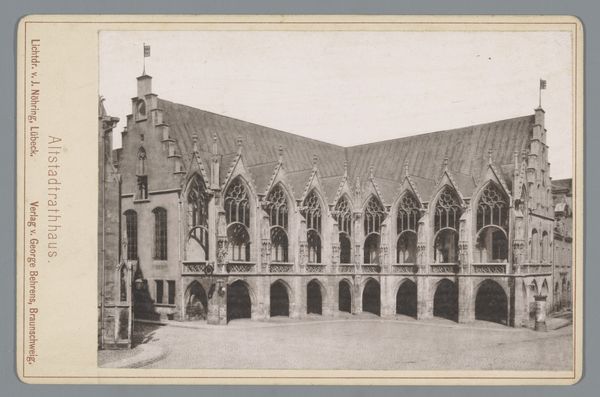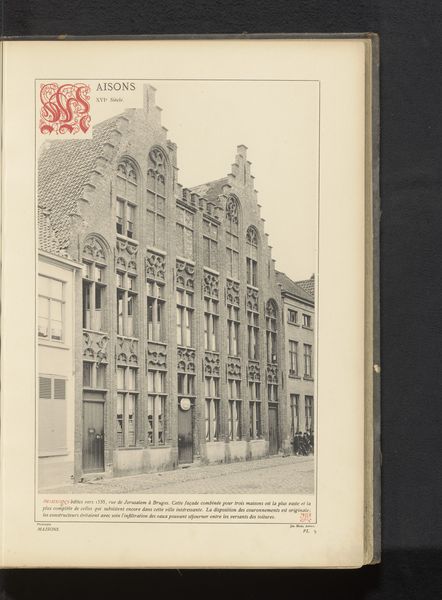
etching, paper, photography, architecture
#
medieval
#
etching
#
paper
#
photography
#
column
#
cityscape
#
history-painting
#
architecture
Copyright: Public Domain
Curator: This captivating photograph, "Athens, The Acropolis after the rain," was taken by Frédéric Boissonnas in 1908. It's currently held here at the Städel Museum and was created using an etching technique on paper, stemming from a photographic process. Editor: Wow, it’s moody, isn’t it? Those grey tones almost drip down the stones of the Acropolis. Like a whispered echo from antiquity. Gives you chills in a good way. Curator: The rain definitely plays a crucial role. Think about it: Rain as a symbol of cleansing, renewal. Boissonnas positions the Acropolis not just as a historical monument, but also a site of continuous cultural and political significance. Editor: Cleansing, definitely! It also feels isolating, though. Look at how stark the architecture is, even with all that elaborate detailing. Makes me wonder, was Boissonnas commenting on something specific about Athens at that time? Curator: Quite possibly. Greece at the turn of the century was a country grappling with its identity after centuries of Ottoman rule, with ongoing tension between preserving tradition and embracing modernity. This image might be viewed as a visual metaphor for those internal struggles. Editor: You can almost feel that tension etched into the photographic paper. Makes you want to wrap yourself in a warm blanket and ponder existence. Curator: Precisely! Consider also how photography itself, as a relatively new medium then, was being used to both document and construct perceptions of cultural heritage and national identity. Boissonnas walks that fine line expertly, offering not just a picture, but an interpretation. Editor: Yeah, a perspective shaped by its time, much like our own perceptions now. It’s more than just a photograph of some old rocks, isn’t it? Curator: Not at all. The layering of meaning, history, and contemporary issues, rendered visible through skilled photographic practice, is the enduring legacy. Editor: I think I get it. It’s a quiet but powerful reflection. Thanks for unlocking that!
Comments
No comments
Be the first to comment and join the conversation on the ultimate creative platform.
